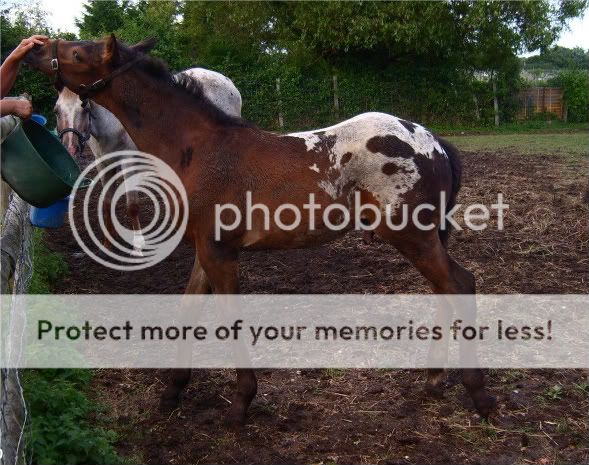zoon
Well-Known Member
Being a bit of a genetics dunce, I really struggle with appy colours. Looked fr a spotted youngster at the mo and came across this fella -
http://www.horsehunter.co.uk/AWESOME-APPALOOSA-p-76388.htm
very unusual colouring - is he likely to stay that way, or is there any way to tell other than dna testing if he is likely to grey out?
http://www.horsehunter.co.uk/AWESOME-APPALOOSA-p-76388.htm
very unusual colouring - is he likely to stay that way, or is there any way to tell other than dna testing if he is likely to grey out?

